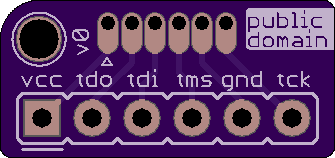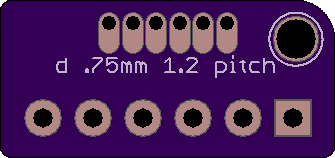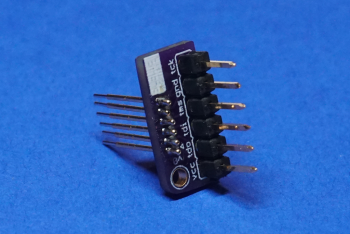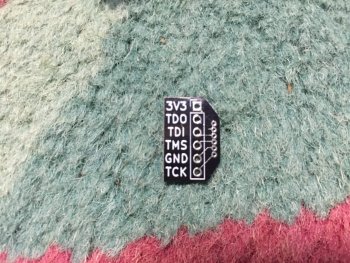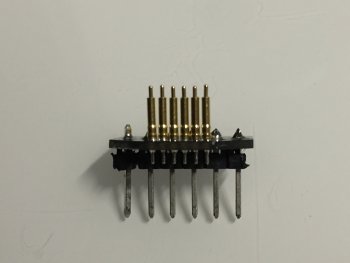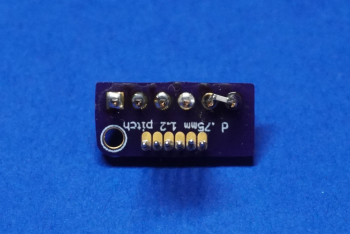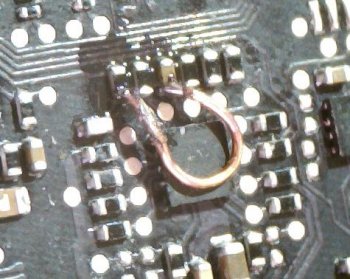I know Colin, I was just try to test if the programmer can actually detect che chip, as mirceac said, to exclude the problem is from mine lattice programmer. I will try whit capacitor! Anyway it's possibile to have same problem in two diferent boards? Or i'm just unlucky as hell
Hi @slimmy18222, I'm really curious what could be happening on your boards, could you post some pictures here with the soldered adapter ? In any case, even if for the actual gMux flashing you need @dosdude1 software, I don't think this will really work if the original Lattice software doesn't detect the chip. I will not unsolder yet any coils or other things form the board, the JTAG chain is really supposed to work without unsoldering anything.
In any case, if you feel adventurous you can send me a machine and eventually the other board if they are from compatible machines. I'm really curious what could be cause and can even make some video using my phone as overhead camera
In any case best of luck and don't give up !!!


